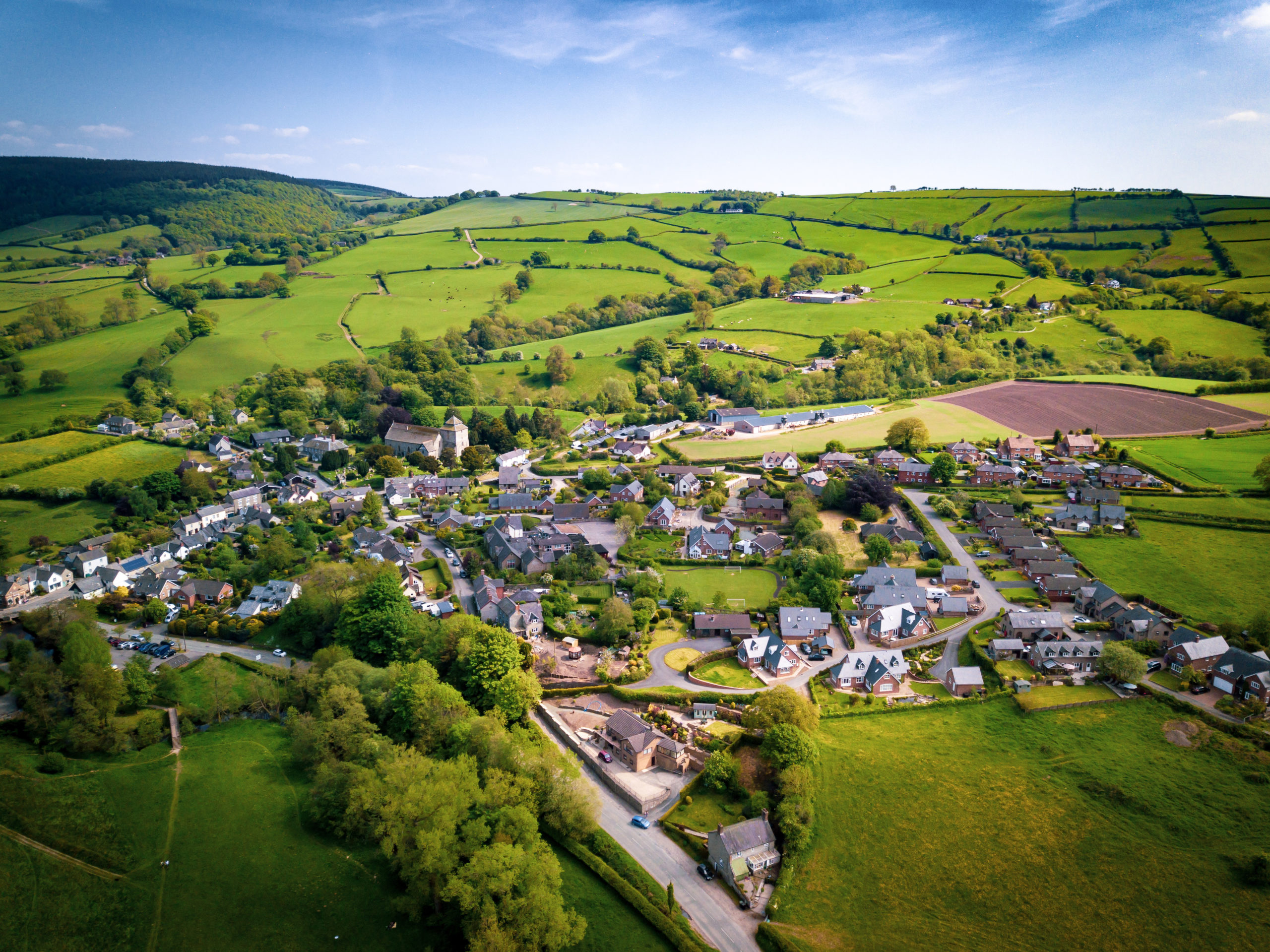Lenders are going green, builders are going green, and customers are being encouraged to go green by choosing a green product off the shelf. Indeed, the Energy Performance Certificate may soon have more impact on the price a customer pays on their mortgage, than the LTV. How long will it be before we are talking about an EPC rate rather than an LTV banding?
With lenders being asked to reduce the average EPC banding across their back books, it poses an interesting challenge for credit risk teams in how they price product transfers for those properties that are found to have a negative impact on climate change commitments and targets.
But what technically is a Green Mortgage?
According to the Green Home Finance Principles (GHFPs), Green Home Financing is any type of retail financial solution made available to finance or refinance, in whole or in part, the:
a) the retrofitting of domestic buildings (single-family or multi-family) to achieve verifiable improvements in their energy efficiency, carbon emissions, material use or climate resilience;
b) the acquisition of domestic buildings (single-family or multi-family) that meet or exceed relevant market standards on energy efficiency, carbon emissions, material use or climate resilience;
c) the self-build construction of domestic properties (single-family or multi-family) that meet or exceed relevant market standards on energy efficiency, carbon emissions, material use or climate resilience.
Green Home Financings must align with the four core components of the GHFP’s.
- All designated Green Home Projects should achieve verifiable environmental benefits and seek to mitigate adverse environmental and social impacts associated with the proposed projects.
- The borrower of a Green Home Financing should communicate clearly to the lender how this loan relates to improvements in energy efficiency, climate resilience, material use or the reduction of carbon emissions of the property
- Green Home Financings should be appropriately tagged in the internal systems of the lender in order to maintain transparency and promote the integrity of the product.
- There needs to be evidence of an improvement in the energy efficiency, carbon emissions, material use or the climate resilience of the property, or evidence that the property exceeds relevant market standards.
The lender will need to, as a result of the loan, be able to evidence the improvement in energy efficiency through for example, an improvement in Energy Performance Certificate (EPC) rating, an improvement in other suitable property metrics or verification by a Government endorsed organisation such as TrustMark.
What can mean Green?
There are a number of energy improvement initiatives that lenders will consider as reasons to reward customers with a revised rate on their Green Mortgage.
- Energy efficiency measures:
This includes tank and pipe insulation; draught proofing; loft insulation; low-energy lights; insulation to existing envelope components, such as external walls, roofs, lofts, basements and ground floors (including measures to ensure airtightness and reduce the effects of thermal bridges); cavity wall insulation; internal wall insulation; double glazing; insulated render; external wall insulation; energy-efficient external doors; etc. Heating measures include air source heat pumps; ground source heat pumps; replacement of old pumps with efficient circulating pumps; the installation and replacement of heating and domestic hot water systems, and the installation of solar hot water and rainfall capture systems.
- Improving defences
Enhancing resistance to flooding, such as the installation of flood doors and windows, demountable barriers; and measures to enhance resistance to heatwaves such as external shutters, external insulation; etc.
- Recycling
Using sustainable materials and embodied carbon; recycling, for example reusing and repurposing of existing materials and components within a retrofit or construction project
- Redevelopment
Buying domestic buildings: Including homes that exceed local, national or industry standards for energy efficiency and renovating to the latest environmental standards
- Self-build
Self-build and custom build homes that exceed local, national or industry standards for energy efficiency, environmental impact, and climate resiliency.
Green is with us to stay
We know that the UK’s housing stock is one of the oldest in Europe with approximately 20% of homes built pre-1919, 85% using a gas boiler for heating, and approximately 50% having uninsulated walls. With an estimated £250 billion needing to be invested in UK home upgrades by 2050, banks, building societies and advisers will be playing a significant role in the coming years to help address the global challenge of climate change. If you would like to know the EPC rating of your own property and the steps you can take to improve your rating visit www.gov.uk/find-energy-certificate.












